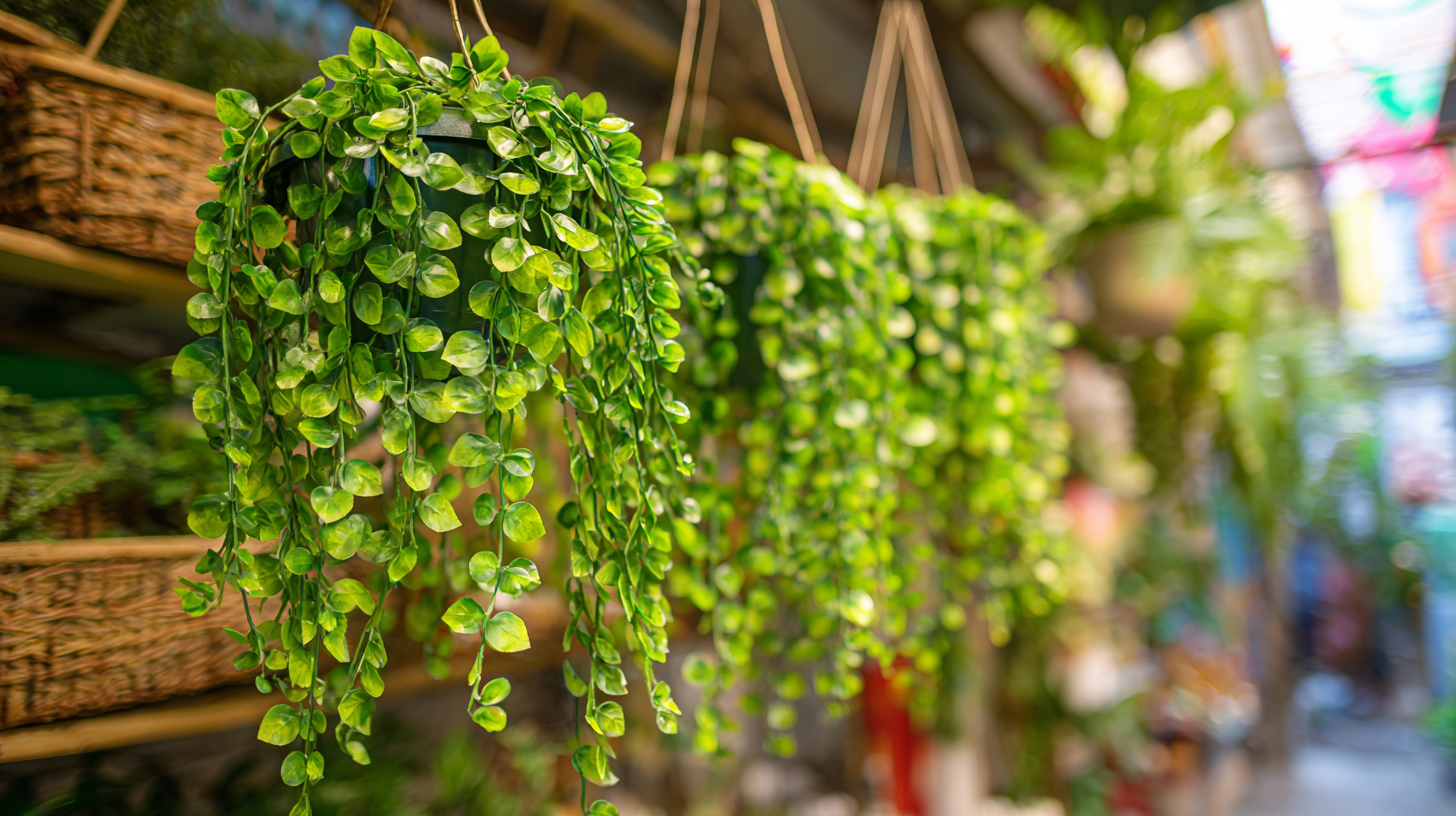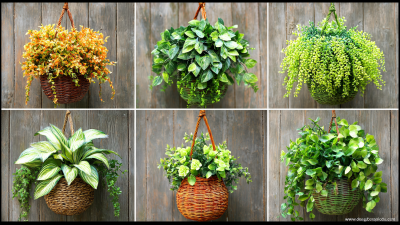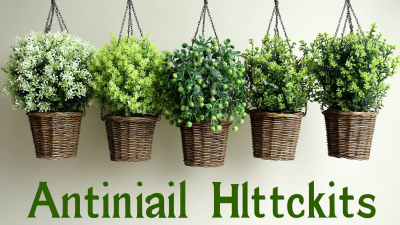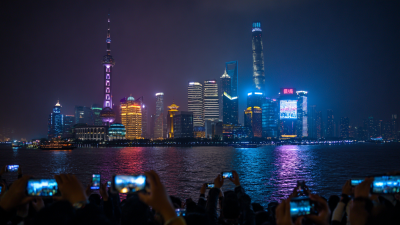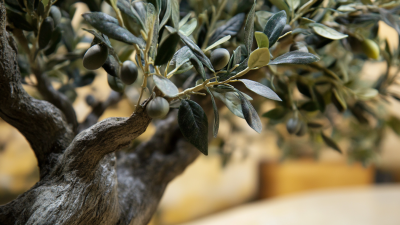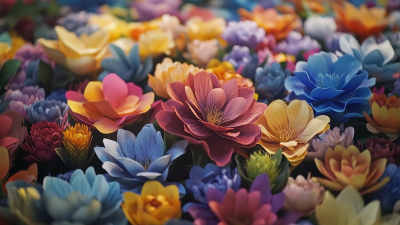
In today's competitive market, the demand for high-quality artificial plants for hanging baskets is on the rise, as consumers increasingly seek low-maintenance yet aesthetically pleasing decor options for their homes and businesses. According to a recent report by the Global Market Insights, the artificial plants market is projected to reach over $1 billion by 2027, driven by a surge in urban gardening and interior design trends. With an estimated 40% of consumers favoring synthetic greenery for its durability and ease of care, understanding how to effectively source these artificial plants for hanging baskets has become essential for retailers and suppliers alike. This guide aims to provide insights and strategies to navigate the vibrant landscape of artificial plants, ensuring you stay ahead in this flourishing industry.
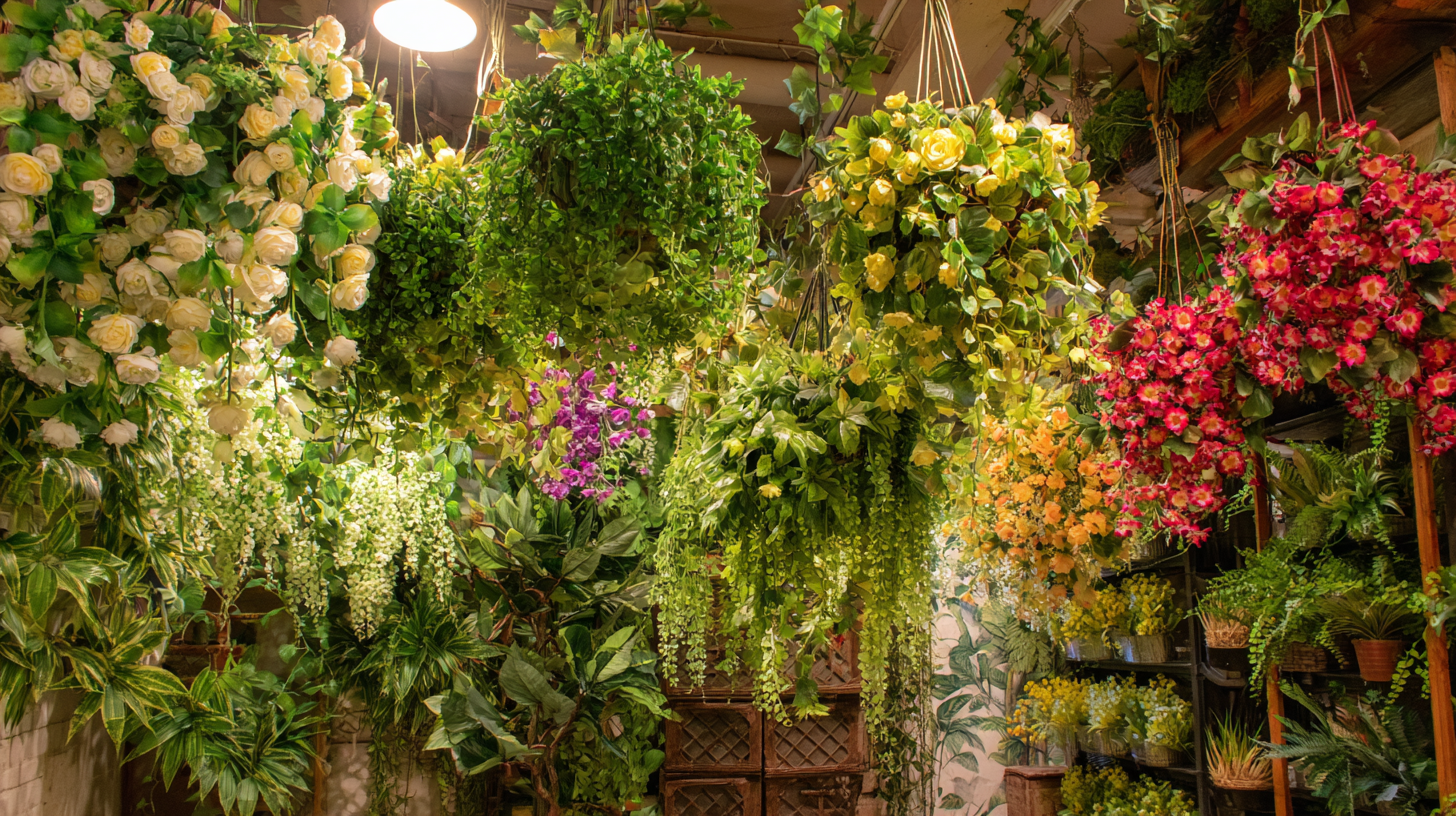
When creating eye-catching hanging baskets using artificial plants, it’s essential to select the right varieties to capture attention while ensuring durability and low maintenance. According to a report by Grand View Research, the global artificial plants market is expected to reach $2.6 billion by 2025, indicating a growing trend towards synthetic greenery for both aesthetic and practical purposes. To stand out in a competitive market, prioritize plants that mimic the vibrant colors and textures of real foliage, such as succulents or ferns, which are particularly popular for their modern appeal.
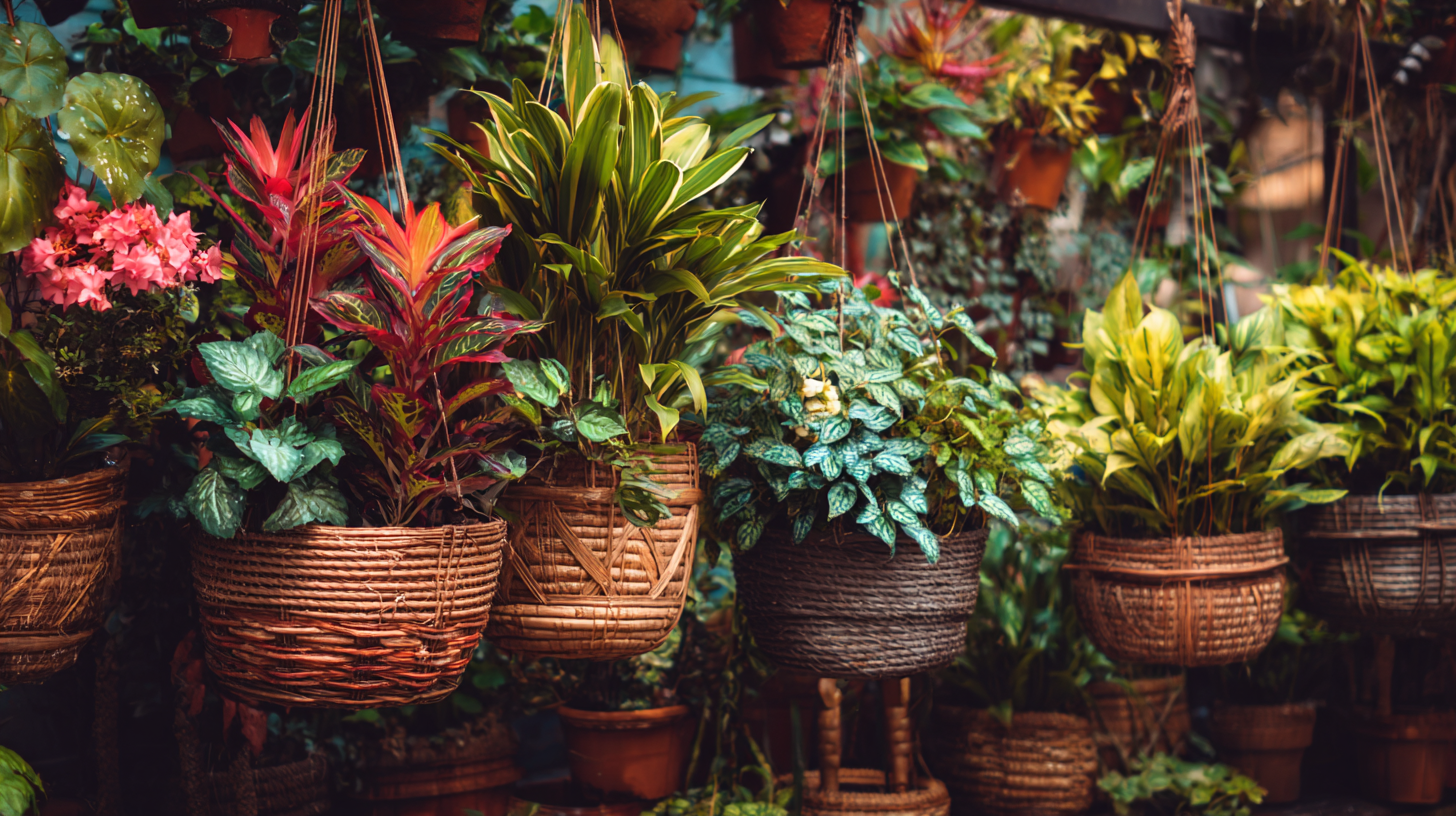
Tip: Choose UV-resistant artificial plants to ensure they maintain their color and vibrancy, especially if your hanging baskets are placed in outdoor settings. This feature not only enhances longevity but also reduces the need for frequent replacements, contributing to long-term cost savings. Additionally, incorporating a mix of sizes and shapes can create a more dynamic and visually appealing arrangement.
Tip: Experiment with seasonal themes by integrating artificial plants that reflect the current trends, such as pastel colors in spring or rich, warm hues in autumn. By staying updated with consumer preferences highlighted in various market studies, you can tailor your offerings to better meet demands and capture wider audience interest.
When sourcing artificial plants for hanging baskets, it's crucial to choose materials that not only enhance aesthetics but also ensure durability. Among the top materials to consider are polyethylene (PE), which offers excellent UV resistance, making it perfect for outdoor settings. PE plants maintain their color and shape even when exposed to sunlight, ensuring they look vibrant for years to come.
Another popular option is poly silk, known for its soft texture that closely mimics real foliage. This material is lightweight, making it ideal for hanging installations. However, it's essential to ensure that the poly silk plants are treated to resist moisture and fading, especially if positioned in humid environments.
For added realism, consider incorporating PVC, which provides a more robust structure with intricate detailing. It’s especially useful for larger hanging baskets where stability is key. Additionally, tips for sourcing these materials include checking for warranty options and reviews from other buyers to ensure the quality matches expectations. Seek out suppliers that prioritize eco-friendly practices, as sustainability becomes increasingly important in today’s market.
In the competitive market of artificial plants, effectively pricing your products is crucial for attracting customers while ensuring profitability. Recent insights suggest that leveraging artificial intelligence can significantly enhance price optimization strategies. A study by industry analysts indicates that businesses utilizing AI-driven pricing models see an average increase in sales by 10-20%, as these systems analyze market trends and consumer behavior to set competitive prices dynamically.
With the chemical industry projected to prioritize innovation and efficiency in 2025, incorporating sustainable materials in artificial plant production can further enhance competitiveness. Reports indicate that sustainable products in various sectors are gaining traction, with over 67% of consumers actively seeking eco-friendly options. This trend presents an opportunity for companies in the artificial plant market to align their pricing strategies with consumer values, ultimately enhancing customer loyalty and driving sales. By combining AI for pricing optimization and a focus on sustainability, businesses can position themselves favorably in an increasingly discerning market.
When it comes to arranging artificial hanging baskets, creativity is key to making them a standout feature in your home or garden. Recent industry reports reveal that artificial plants are gaining popularity due to their low maintenance and durability, with the market projected to grow by 5% annually. This trend reflects a growing appreciation for versatile home décor that can enhance aesthetic appeal without the need for constant care.
To achieve a visually striking display, consider mixing various textures and colors. Pair vibrant faux flowers with lush greenery to create depth and interest. The right combination can evoke a natural feel, making it hard for even the keenest observer to distinguish between real and artificial.
Additionally, utilizing unique containers such as shallow bowls can elevate your design—much like the camellia bowl tradition of floating flowers. These creative ideas not only beautify your space but also resonate with homeowners seeking stylish solutions in a competitive market, emphasizing the importance of thoughtful design in artificial plant arrangements.
In the competitive landscape of artificial plants, marketers must adopt innovative strategies to stand out and effectively boost sales. Emphasizing the unique selling points of artificial plants, such as their low maintenance, longevity, and versatile aesthetic appeal, can help brands capture consumer interest. Utilizing high-quality visuals in marketing campaigns and showcasing the products in aspirational home settings can create an emotional connection with potential buyers. This approach not only highlights the product’s benefits but also inspires customers to envision how these plants can enhance their living spaces.
To further penetrate this crowded market, companies should leverage influencer marketing, targeting eco-conscious consumers who value sustainable décor options. Collaborating with micro-influencers can lead to authentic partnerships that resonate with niche audiences. By showcasing real-life applications of artificial plants in everyday life and promoting them as eco-friendly alternatives to live plants, brands can enhance their credibility and foster trust among consumers. This strategy, combined with personalized customer engagement through social media, can significantly uplift brand visibility and sales in the evolving market of home décor.
